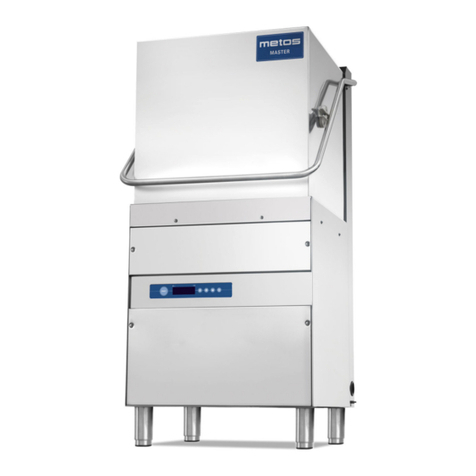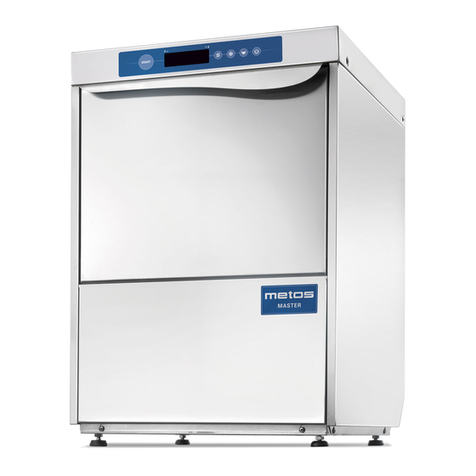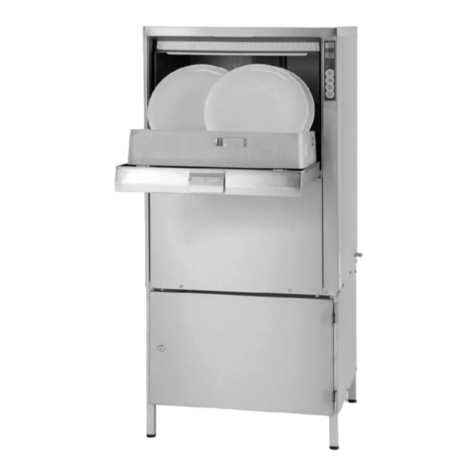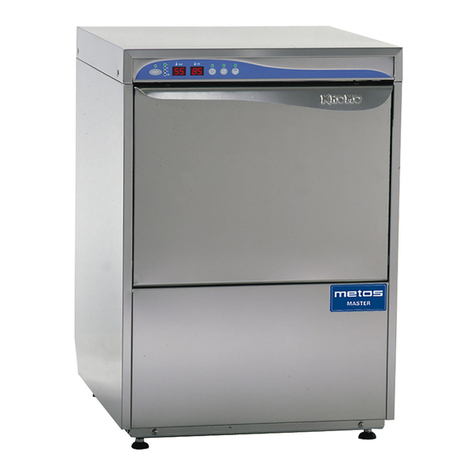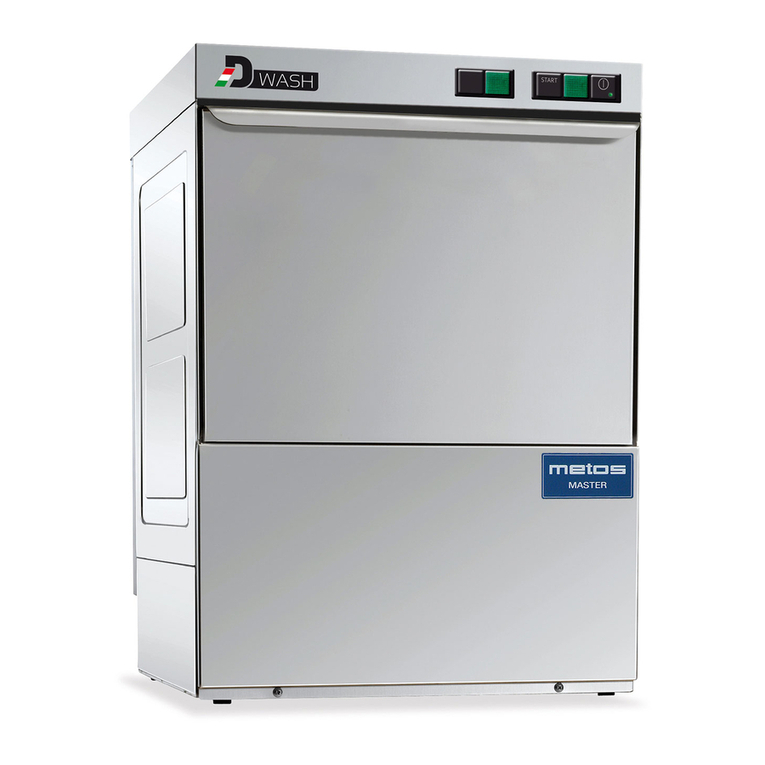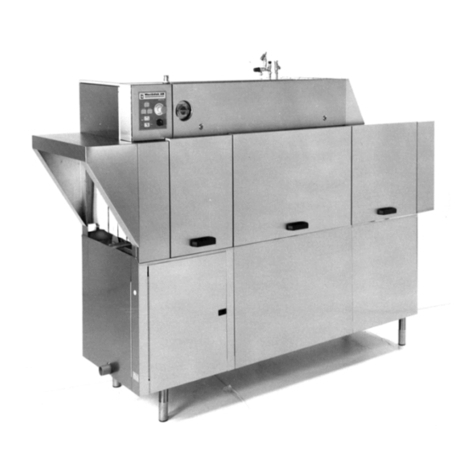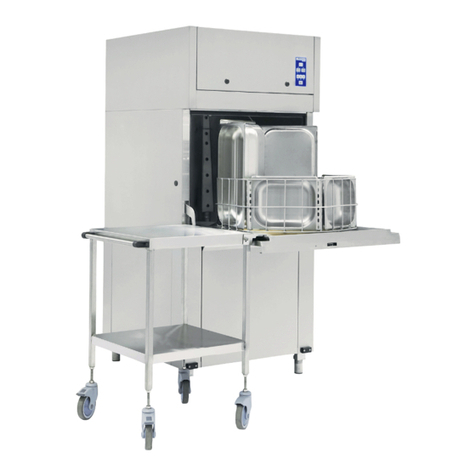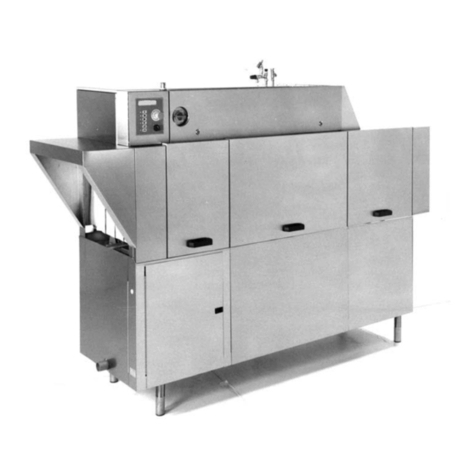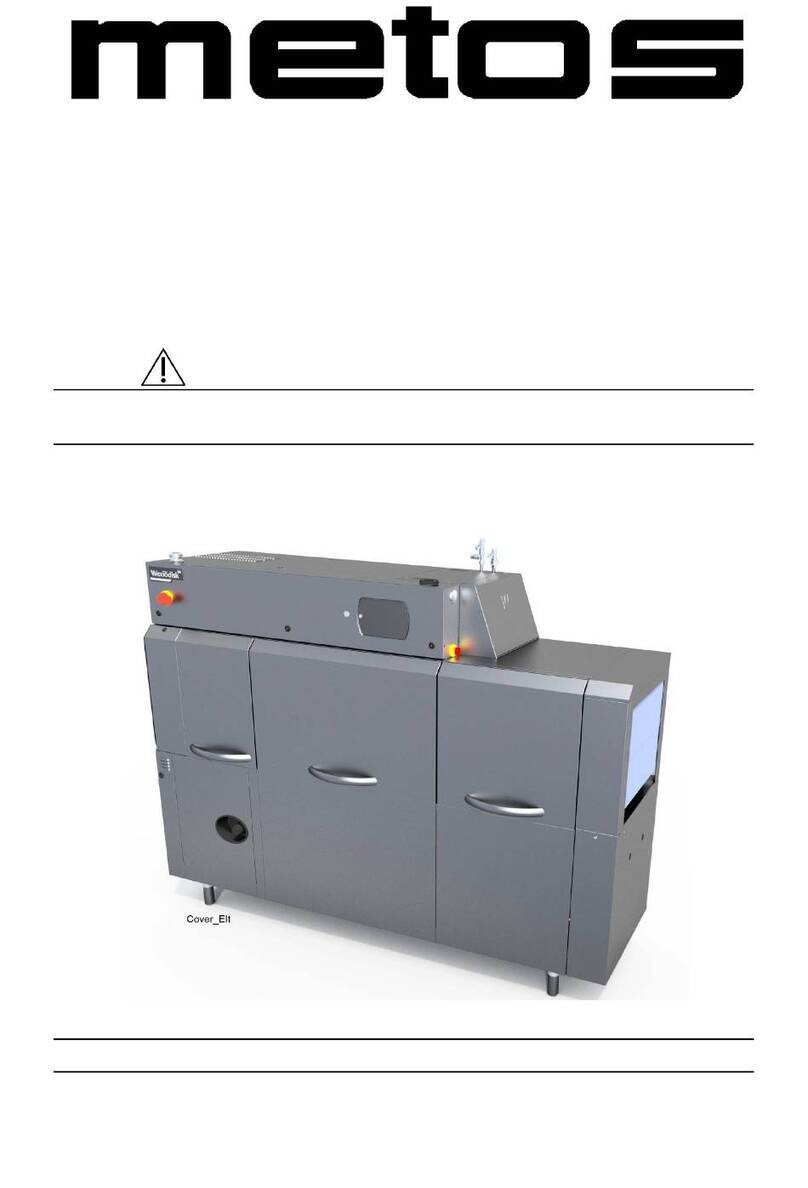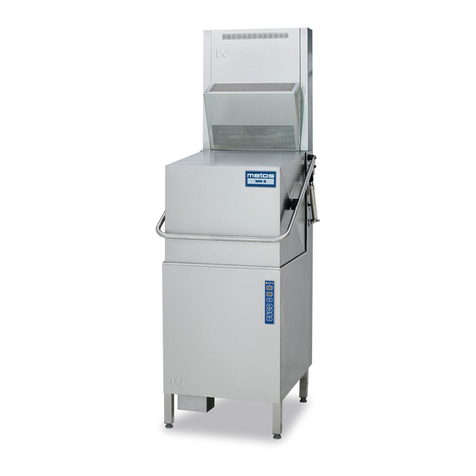
5HY
5
*HQHUDO
1.1 Symbols used in the manual .......................................................................................... 7
1.2 Symbols used on the appliance ...................................................................................... 7
1.3 Checking the relation of the appliance and the manual ................................................. 7
6DIHW\
2.1 Safety instructions in case of malfunction ..................................................................... 8
2.2 Disposal of the appliance ............................................................................................... 8
2.3 Installation ..................................................................................................................... 8
2.4 Detergent and rinse aid .................................................................................................. 8
2.5 Washing and cleaning of the machine ........................................................................... 9
2.5.1 High pressure cleaning of the dishwasher ............................................................. 9
2.5.2 Inside of the machine ............................................................................................. 9
2.5.3 Outside of the machine .......................................................................................... 9
2.6 Floors ............................................................................................................................. 9
2.7 Repairs and maintenance of the machine ...................................................................... 9
)XQFWLRQDO'HVFULSWLRQ
3.1 Application of the appliance ........................................................................................ 10
3.1.1 Prohibited use/Use for other purposes ................................................................. 10
3.2 Construction ............................................................................................................... 11
2SHUDWLRQ
4.1 General ........................................................................................................................ 12
4.2 Operation procedures ................................................................................................... 12
4.2.1 To fill with water ................................................................................................ 12
4.2.2 Choice of wash programme ................................................................................ 12
4.2.3 Washing .............................................................................................................. 12
4.2.4 Hygiene warranty ................................................................................................ 13
4.3 After operation ............................................................................................................. 13
4.3.1 Emptying, internal machine rinse ....................................................................... 13
,QVWDOODWLRQ
5.1 General ........................................................................................................................ 14
5.2 Operating conditions ................................................................................................... 14
5.2.1 Lighting ................................................................................................................ 14
5.2.2 Ventilation ........................................................................................................... 14
5.3 Installation procedures ................................................................................................. 14
5.3.1 Electrical connections .......................................................................................... 14


